Why SPECT Scans Are Better for Heart Diagnosis?
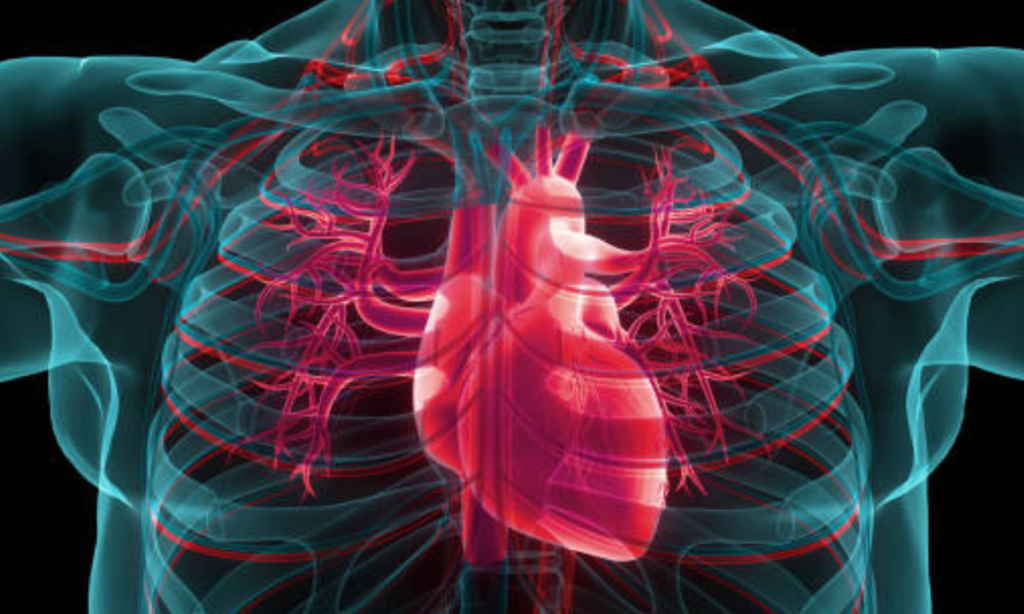
There are several advanced imaging technologies, which doctors can use for the diagnosis of heart problems. Out of these, the SPECT scan is one of the best and most reliable techniques for dealing with various heart problems. Single Photon Emission Computed Tomography is the abbreviation. This imaging technique delivers a huge responsibility in defining how […]
Understanding the Role of Radioactive Tracers in Medical Imaging
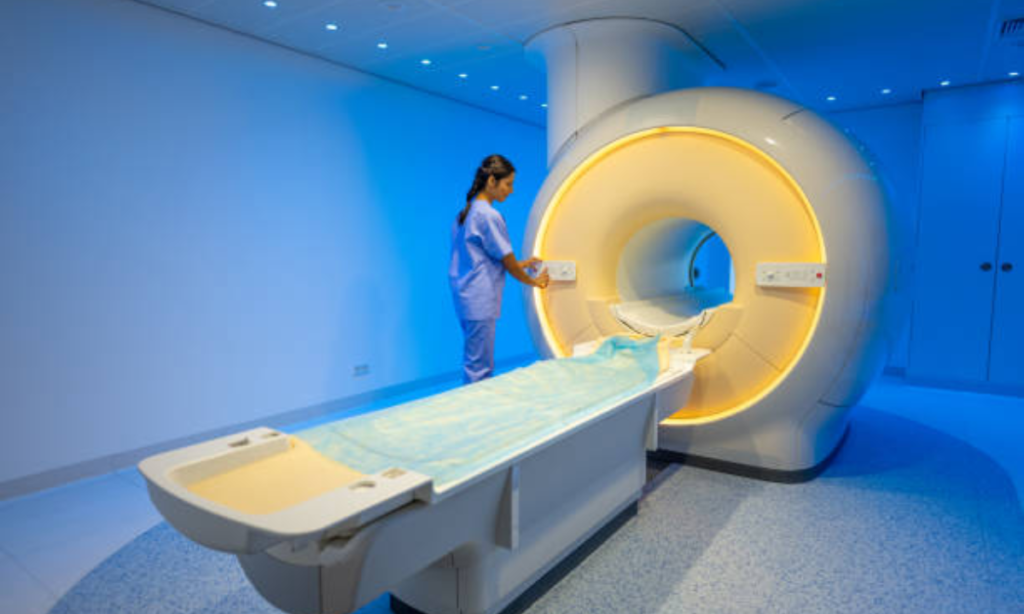
Medical imaging has dramatically changed diagnosis, monitoring, and treatments of diseases. Among such innovative technologies, PET CT scans an integration of Positron Emission Tomography (PET) and Computed Tomography (CT) that depends on the impact of radioactive tracers for full comprehension of how the body functions. This non-invasive tool has become instrumental in diagnostics, particularly in […]
What is SPECT and How Does It Work in Medical Imaging?
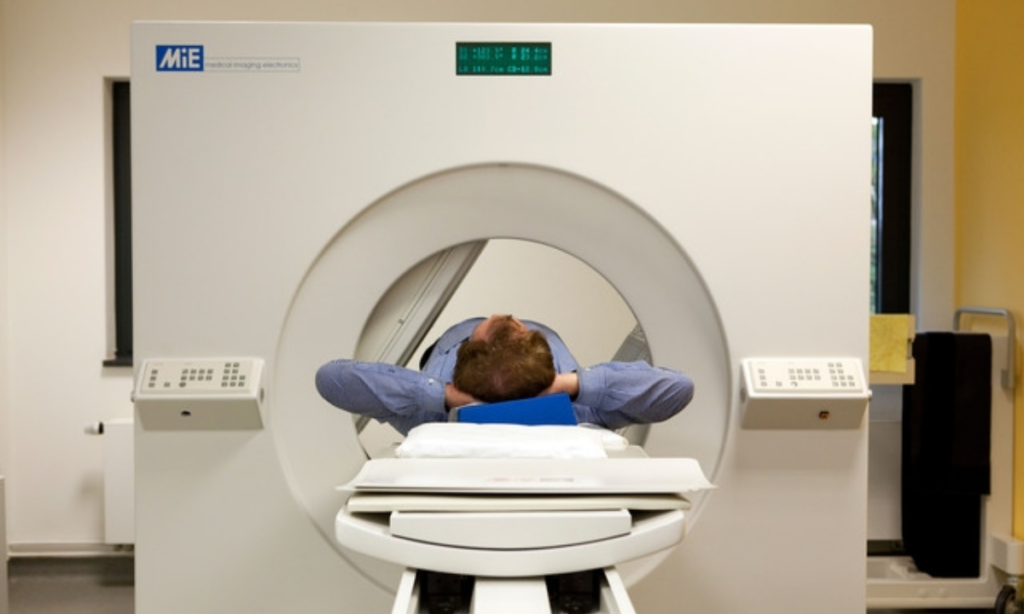
Welcome to our complete review of SPECT and its applications in medical imaging. In this post, we will look at the intriguing topic of Single Photon Emission Computed Tomography (SPECT) and how it is used to diagnose a range of medical conditions. Consider a device that allows doctors to monitor organ and tissue function without […]
Understanding the Differences: SPECT Scan vs. PET Scan
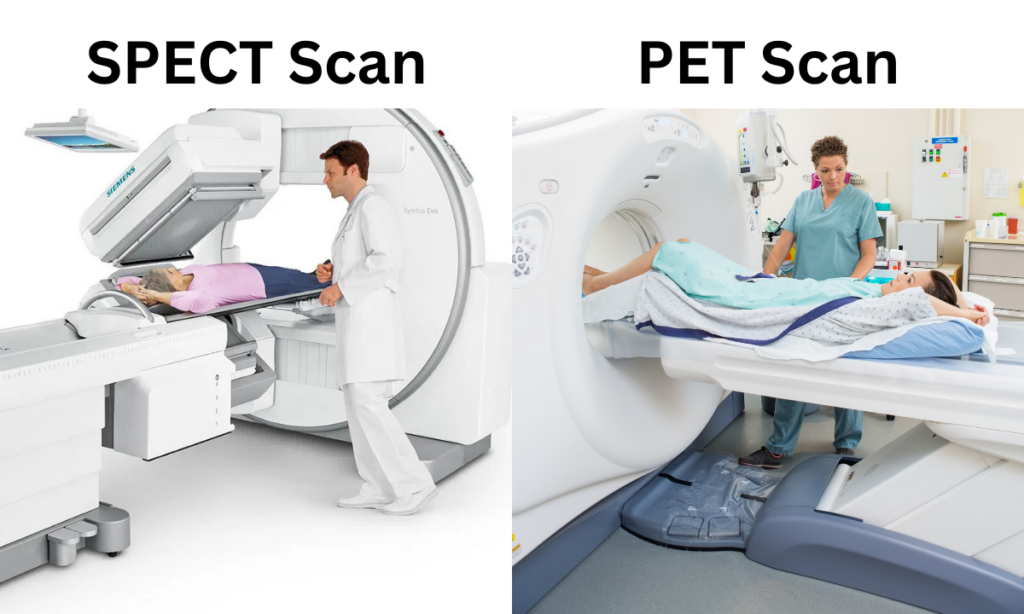
Attempting to comprehend clinical imaging tests like SPECT scan vs. PET scan can be confusing. As a patient, it’s not difficult to feel like all you hear is “examine this” and “output that” from specialists without truly understanding what everyone does or when it’s ideal to utilize one over the other. All things considered, let […]
SPECT CT Scan: A Detailed Diagnostic Guide

SPECT stands for single-photon emission computed tomography is a nuclear imaging test that produces 3D images of the body and reveals organ function by using a radioactive material and a camera. A SPECT-CT scan is a sort of nuclear medicine scan that combines pictures from two separate scans to provide precise data on body functioning […]
Decoding Mental Health with Brain SPECT Imaging

Introduction Human thinking, behaviour, and emotion are all controlled by the brain. It directs our everyday activities, determines our behaviours, and affects our social behaviour. However, it has remained challenging to comprehend the intricacies of how the brain works, particularly regarding mental health. The discipline of psychiatry, devoted to mental health, often depends on clinical […]
SPECT Scan In Bangalore – A Lifeline For Early Diagnosis
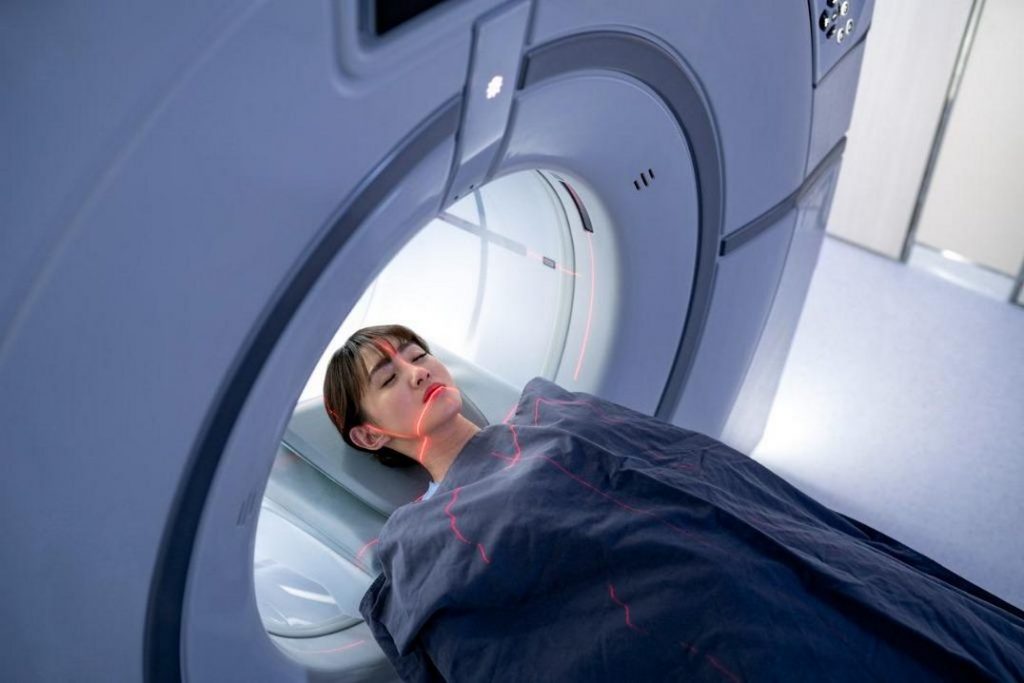
Introduction A SPECT scan is a medical imaging test that uses gamma rays to create cross-sectional pictures of the body. The test is called single photon emission computed tomography (SPECT). SPECT scans are used to diagnose a variety of conditions, including heart problems, brain disorders, and cancer. SPECT scans can be used to help diagnose […]
SPECT Scan in Bangalore to Detect Early Signs of Various Diseases

Introduction SPECT Scan in Bangalore is recognized as one of the best hospitals in India. It provides care and treatment to people with cancer and other diseases. The SPECT scan is a type of medical imaging that can be used to diagnose and treat a variety of conditions. It is performed by injecting a radioactive […]
Uses of SPECT Scan to predict and monitor cancer treatment.
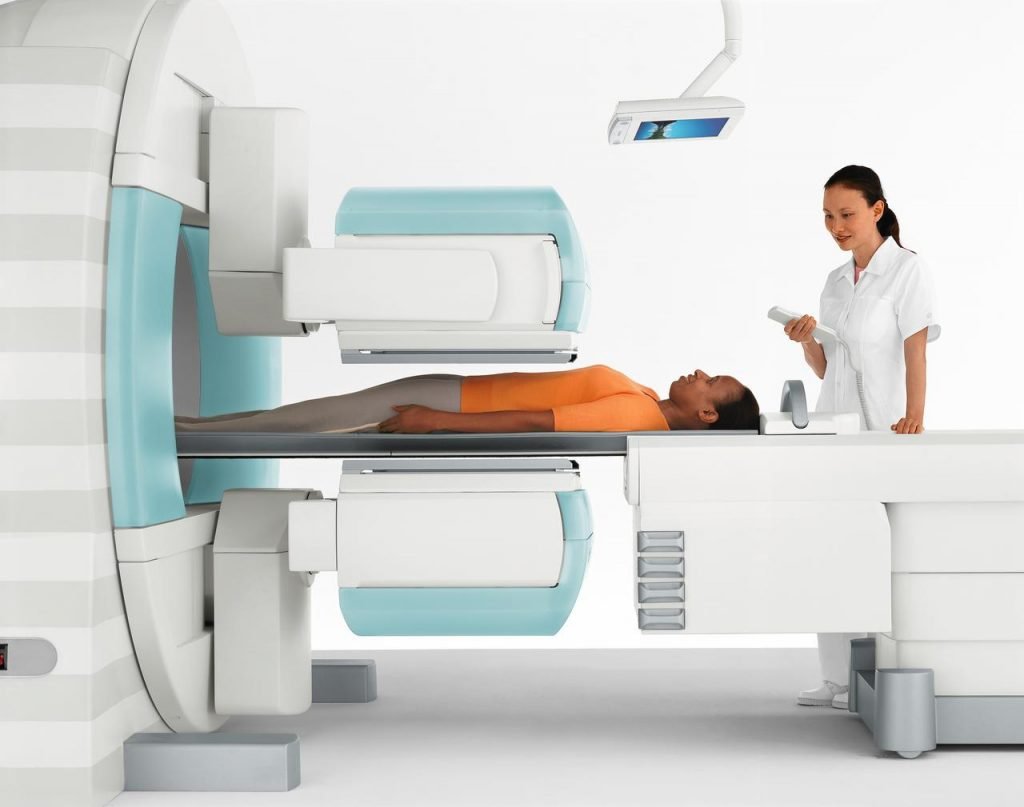
Introduction Single-photon emission computerised tomography SPECT Scan stands for single-photon emission computerised tomography. It’s a non-invasive nuclear imaging test that lets your doctor observe how well your internal organs perform. A SPECT Scan is used to make a diagnosis. A SPECT (single photon emission computed tomography) is a type of imaging that displays how blood flows through tissues and organs. It might detect seizures, strokes, stress fractures, infections, and spinal tumours. About SPECT Scan Single photon emission is abbreviated as SPE. Computed tomography (CT) is a technique that uses gamma rays (a form of radiation) to create pictures of organs in the body that show how they work: A SPECT can reveal how the heart’s blood circulates. Examination by a physician. Anechoic. Audiological. During a SPECT scan, what happens? Single-photon emission computerised tomography (SPECT) provide three-dimensional pictures of the interior of your organs using radioactive chemicals and a specially built gamma camera. It will take about 30 minutes to complete your scan. You must remain completely still and flat on your back during this period. A sophisticated nuclear medicine camera will take pictures of your brain. How much do SPECT scans cost? What Is the Cost of a SPECT Scan? SPECT are one of the more economical techniques to examine the brain. However, prices vary widely depending on location, scan goal, and further interpretation. Brain SPECT scans may cost anywhere from INR4,500 to over INR14,000 according to MDsave. For further query on the cost for SPECT Scan in Bangalore. call Is SPECT better than MRI? When compared to CT and MRI studies, SPECT is better at detecting TBI. Anatomic CT or MRI scans reveal fewer than half of the lesions in SPECT scans of symptomatic TBI patients. SPECT is an excellent technique for diagnosing TBI combined with statistical parametric analysis. Get an expert opinion […]
